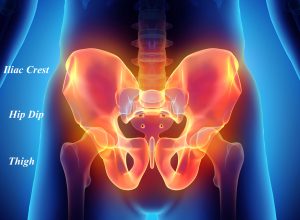
While iliac plates provide an effective pelvic bone width augmentation the iliac crest does not comprise the entire hip region. It is a very specific form of hip augmentation that is skeletally based. Two-thirds of the total hip region lies below the bony crest. The middle third of the hips is known as the hip dip region which is created by the protrusion of the greater trochanter of the femur beneath it. It is a normal hip feature for many people particularly if they are thin. The iliac plate can exaggerate the prominence of the hip dip and as a result may need to be augmented at the same time.

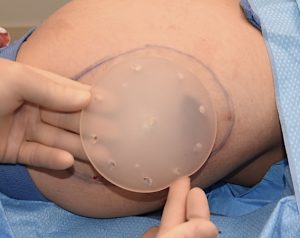
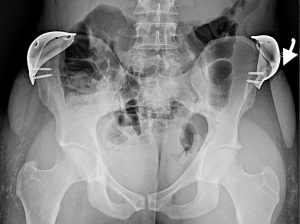
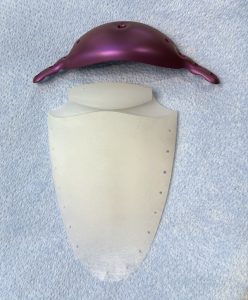
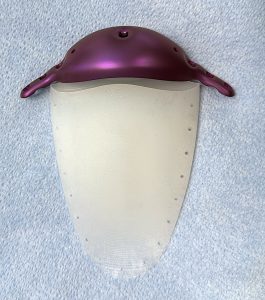
The special designed hip dip implant appears very promising as a good implant companion to the iliac plate. It will be needed in many patients if they had pre-existing hip dip indentations.
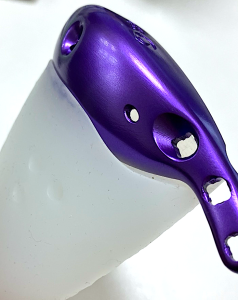
Dr. Barry Eppley
World-Renowned Plastic Surgeon


